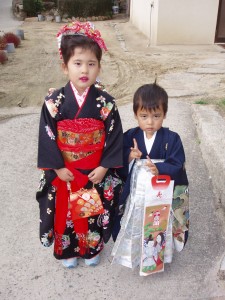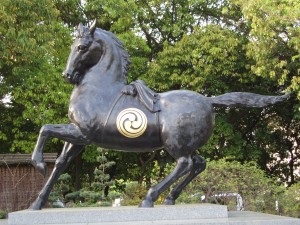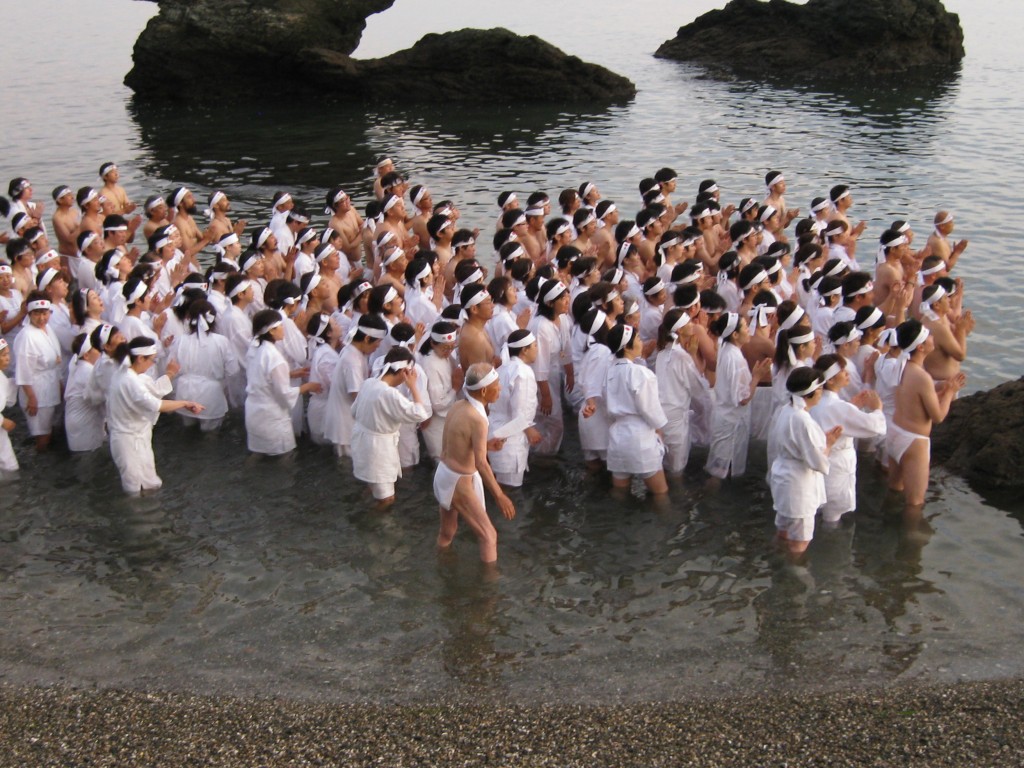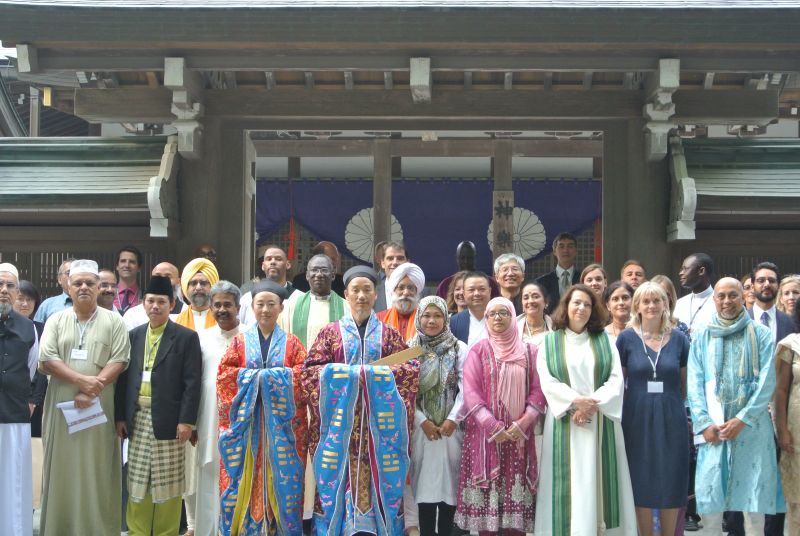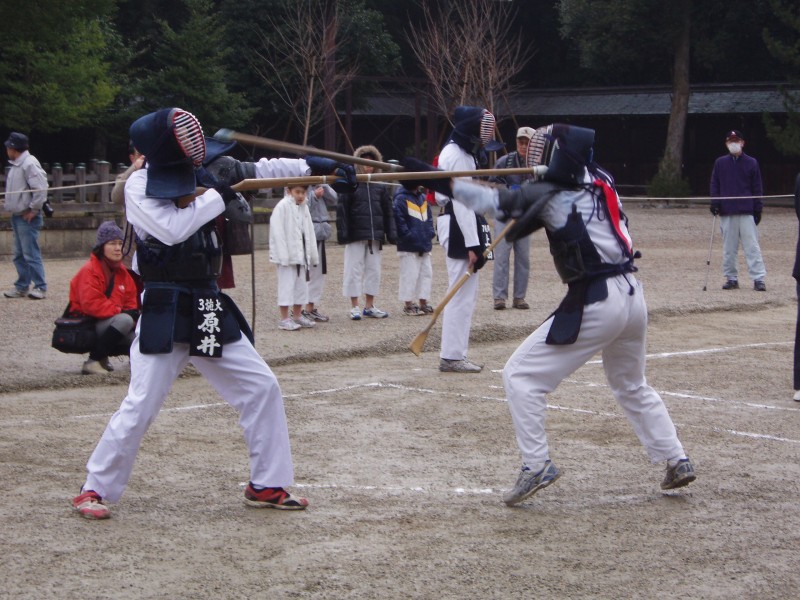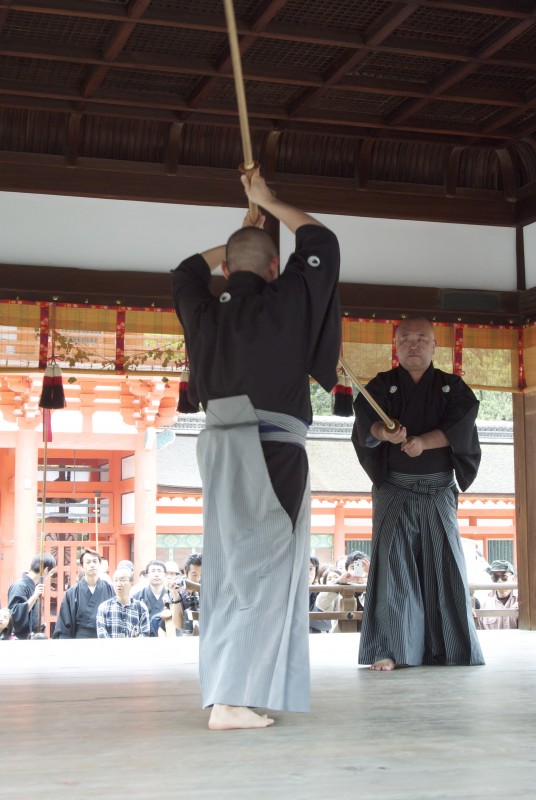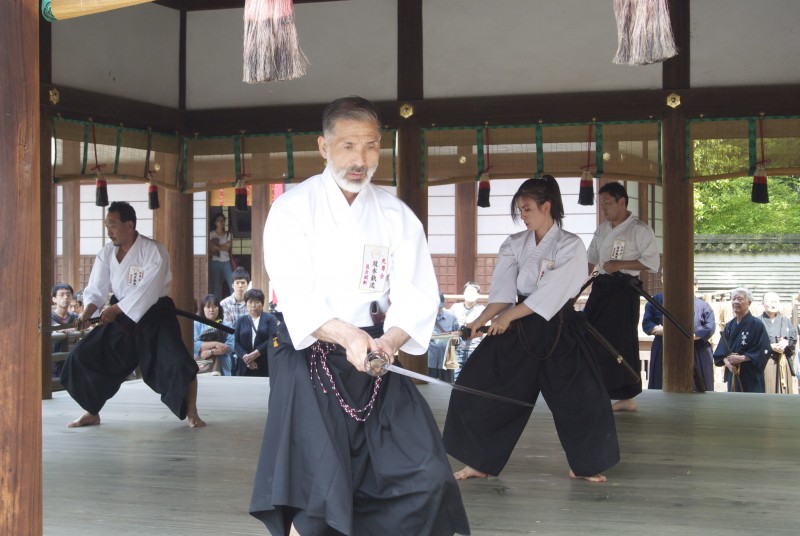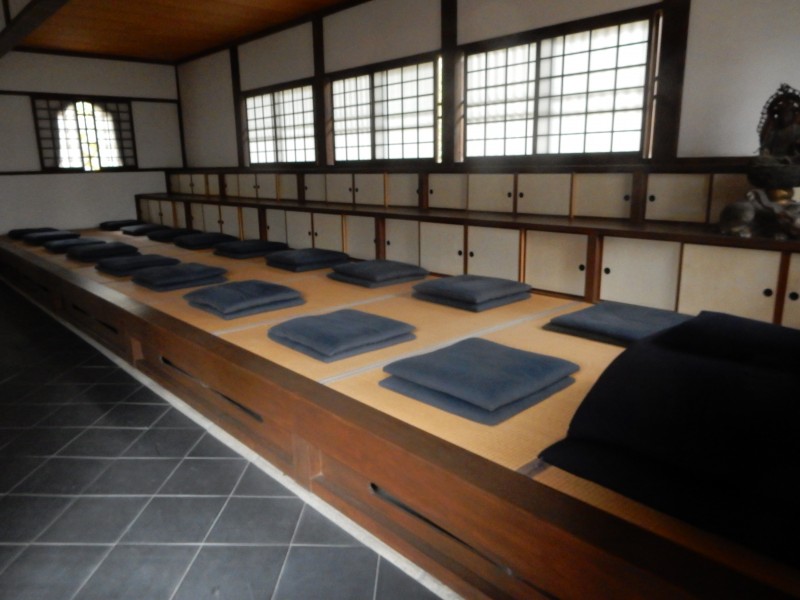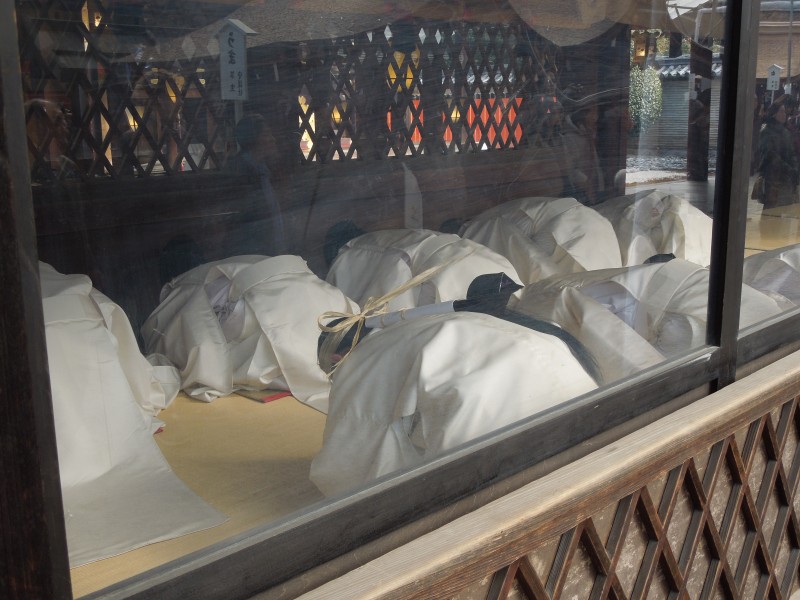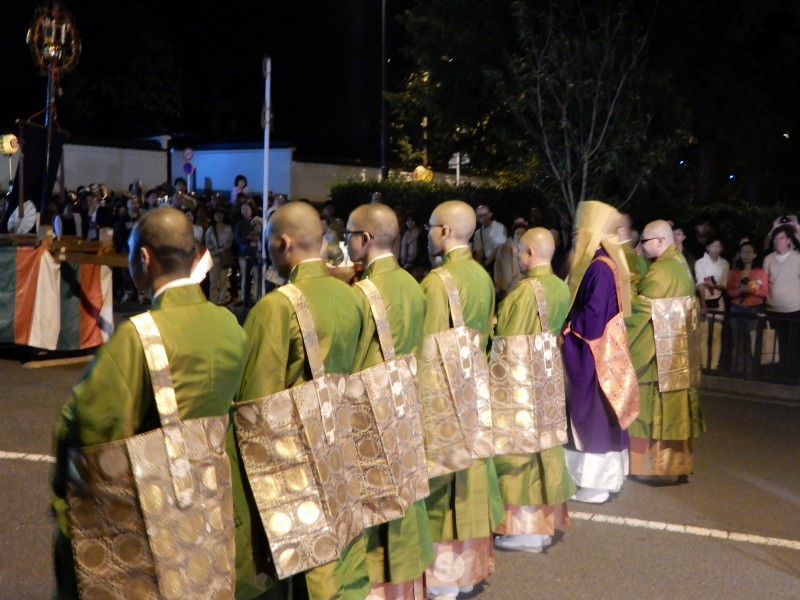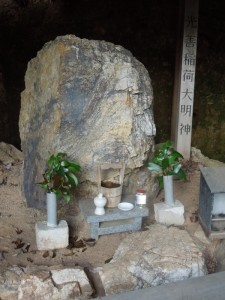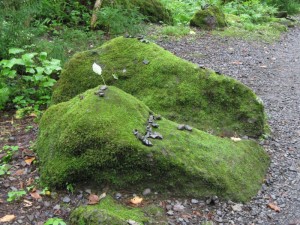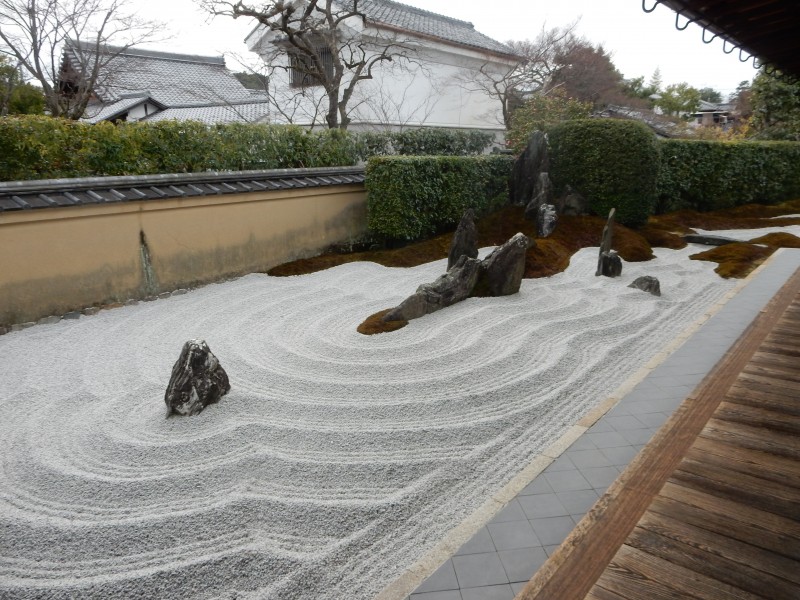Posted on February 2, 2020 by John D.

Yes, it’s that time of year again, when we get to look towards the promise of spring and try to rid ourselves of winter demons/ Here are five points of note about the seasonal festivity. For those mystified by what is going on, there are links below explaining about the reasons for the bean-throwing, or simply use the search or Categories buttons to the right and check out the many postings for Setsubun.
Green Shinto has covered all the main Setsubun events in Kyoto on previous occasions – except one, at Matsuo Taisha. So tomorrow morning we’ll be setting off to investigate how this ancient Shinto shrine, founded 712, celebrates the spring rite. Meanwhile, here are a few key points for those new to the event.
1) It’s traditional to gather up the scattered beans and eat the same number as your age, plus one for good measure.
2) The date is taken from the old lunar calendar. Because it needed tweaking to keep in alignment with the solar cycle, the year was divided into 24 seasonal sections. The last day of each section was known as ‘setsubun’ (division). One of these ‘setsubun’ came to hold a special place, because it marked the end of winter by coming between two sections, ‘Severe Cold’ and ‘Spring Begins’. It was clearly a time for celebration.
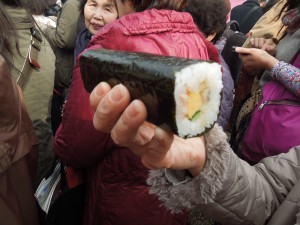
3) Chasing away the demons at this time was originally a Chinese custom. The change of seasons was seen as a time when the border between the spirit and human world was at its weakest, making it possible to cross more easily from one realm to the other.

4) The throwing of beans in Japan began during the Muromachi period (15th-16th centuries). It may have been connected with a Noh play in which an old woman is visited by a stranger, who turns out to be a demon. In terror she reaches out for the nearest thing to hand – a handful of dried beans – and hurls them at the devil, who is chased away. (My own supposition here would be that the beans represent life and growth, as against the negativity spread by the demon.)
5) In the Edo period traditional Daoist yin-yang geomancy, with its notion of a lucky direction for each year, brought in the custom of facing that way while eating an entire role of rolled sushi. It’s said to have begun when an Osaka geisha performed the ritual to ensure she would be with her lover. As the rolled sushi combines gifts from land and sea, it’s considered auspicious. (I’ve also been told that the ehousushi [lucky direction sushi] contains seven different ingredients, in line with the Seven Lucky Gods.)
**************
Why beans? See here to learn why the bean-throwing obsession.
Click here for an account of how the celebrations were carried out in Lafcadio Hearn’s time. Green Shinto has reported on the events in Kyoto on a number of previous occasions: see here, or here, or here.
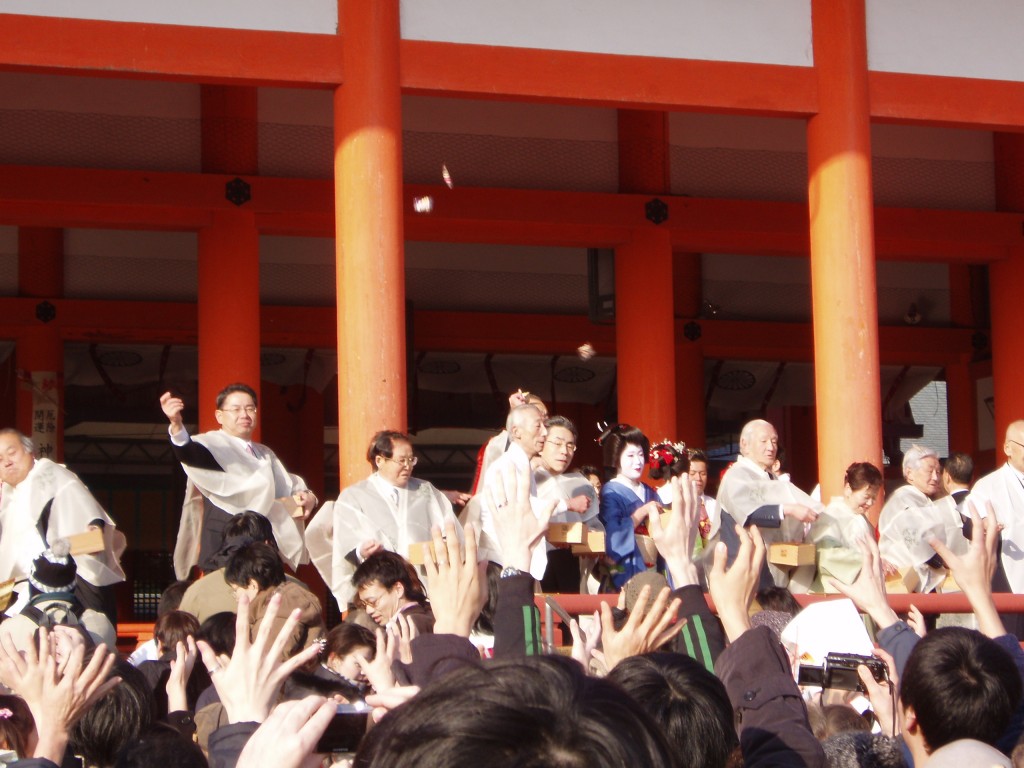
You might also like: Setsubun background,

